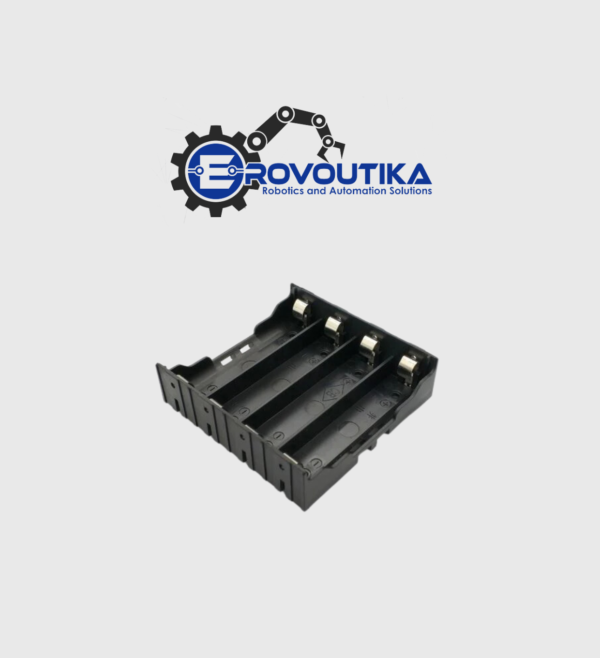U3V70x Boost (Step-up) Voltage Regulator
Specifications:
- Compact size: 1.6″ x 0.6″ x 0.18″ (40.6 mm x 15.2 mm x 4.6 mm)
- Weight: 3.5g
- Two mounting holes for #2 or M2 screws
- Smaller holes for 0.1″ header pins and larger holes for terminal blocks offer multiple connection options
U3V70F12 Connections:
- VIN: Input voltage
- VOUT: Output voltage
- GND: Ground
- ENABLE: Enables or disables the regulator
- SHDN: Shutdown pin (active low)

The input voltage (VIN) for the regulator must be a minimum of 2.9 V and should not surpass the output voltage (VOUT). Having a higher input voltage than the output (VOUT) can be hazardous for the connected load and may potentially damage the regulator.
By default, the regulator is enabled, facilitated by a 100 kΩ pull-up resistor on the board connecting the ENABLE pin to the reverse-protected VIN. The ENABLE pin can be brought to a low state (below 0.4 V), deactivating power to the load and transitioning the board into a low-power state. In this sleep mode, the quiescent current draw is primarily influenced by the current passing through the pull-up resistor from ENABLE to VIN. This draw amounts to 10 µA per volt on VIN when ENABLE is held low. Additionally, the reverse-protection circuit contributes to the current draw in this sleep mode, operating independently of the ENABLE state. The current drawn by the reverse-protection circuit is determined by the formula (VIN – 7 V)/100 kΩ.
Included hardware


| Step-Up Voltage Regulator U3V70Fx, assembled with included terminal blocks. |
|---|
The Step-Up Voltage Regulator U3V70Fx, provided with assembled hardware including terminal blocks, presents various options for electrical connections. The board features nine smaller through-holes on the ends, strategically arranged with a 0.1? spacing, ensuring compatibility with solderless breadboards, connectors, and other prototyping setups that adhere to a 0.1? grid. The package includes a 0.1? male header, which can be easily broken or cut into smaller pieces as needed. These header pieces can then be soldered into the smaller through-holes for flexible connections.
Alternatively, the included terminal blocks can be soldered into the larger holes on the board. This allows for convenient temporary connections of unterminated wires, offering flexibility in the prototyping process (refer to our instructional video on terminal block installation for guidance). For those seeking a more compact installation, there is also the option to solder wires directly onto the board.
Typical efficiencies and maximum output currents
Efficiency, a critical performance metric for voltage regulators, is defined as the ratio of power output to power input. This metric becomes particularly significant in scenarios where battery life or heat considerations are paramount. Illustrated in the accompanying graphs, the U3V70x regulators consistently exhibit efficiencies ranging from 80% to 95% across a wide spectrum of input voltages, output voltages, and load conditions. This robust efficiency profile underscores the regulator’s capability to effectively convert input power into output power while maintaining a high level of energy efficiency, making it well-suited for applications where power conservation and temperature management are key concerns.






The maximum continuous output current of the U3V70x regulators is roughly proportional to the ratio of the input voltage to the output voltage. However, it’s important to note that this maximum output current can be influenced by various factors such as ambient temperature, air circulation, and the effectiveness of heat dissipation mechanisms. The accompanying graph provides a representation of the typical maximum continuous output currents achievable by these regulators under room temperature conditions, with no forced airflow or additional heat sinking. This information is valuable for users to understand the regulator’s performance limits and aids in making informed decisions about its application in different operational environments.


| Typical maximum quiescent current of Step-Up Voltage Regulator U3V70x (regulator enabled, no load). |
|---|
Documents
- Dimension diagram of the Step-Up Voltage Regulator U3V70x
- 3D model of the Step-Up Voltage Regulator U3V70x
- Drill guide for the Step-Up Voltage Regulator U3V70x
- This DXF drawing shows the locations of all of the board’s holes.



















Reviews
There are no reviews yet.